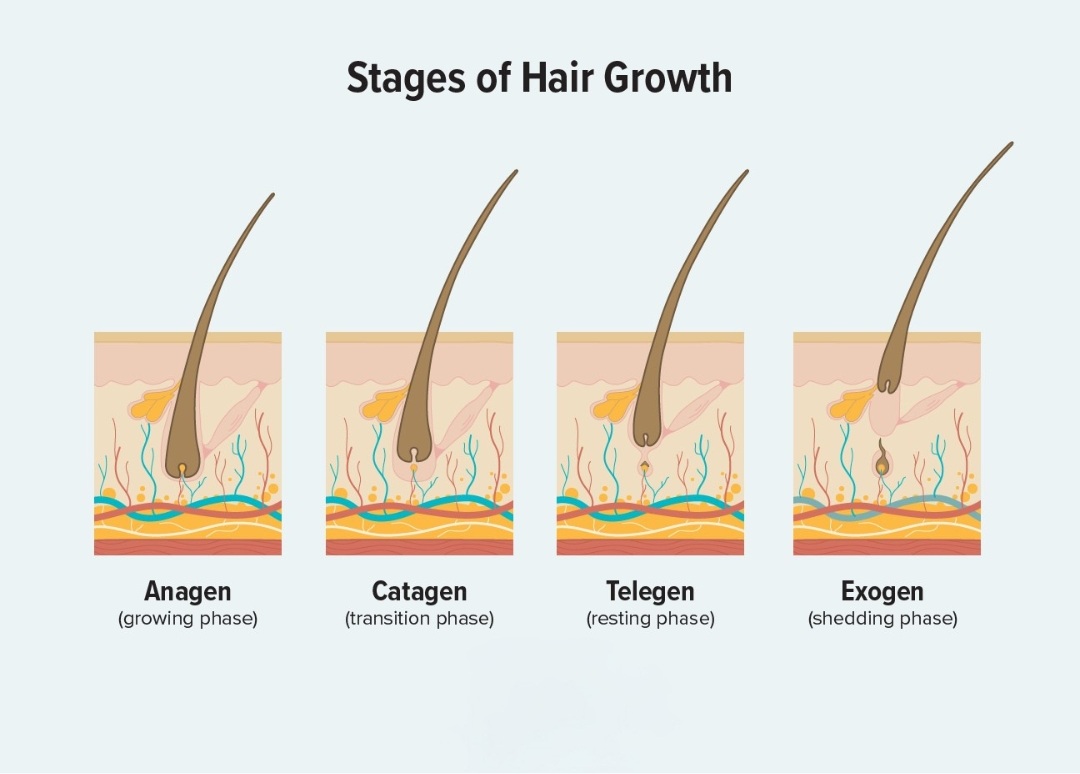
Dr. Jim Johnson
With 15+ years of experience, Dr. Jim Johnson is a leading dermatologist specializing in hair and scalp health. His research on Redensyl, Baicapil, and Capixyl helped shape ALIKA, a Vietnamese brand that harnesses nature’s power for healthier, stronger hair.
- Dr. Jim Johnson
- April 12th, 2025
Does your hair seem to have a mind of its own depending on the season? Maybe it throws a frizz tantrum in the summer humidity, only to become a dry, static-prone mess come winter? You’re definitely not imagining it! Just like our skin, our hair reacts significantly to the environmental shifts that come with each season.
Using the same hair care routine all year long is like wearing your favorite chunky knit sweater in the middle of July – it just doesn’t make sense! As a dermatologist specializing in hair health, I constantly remind my patients that adapting your routine seasonally is crucial for maintaining optimal hair health and appearance year-round. Ignoring these changes can lead to unnecessary frustration and damage.
So, why does our hair react so dramatically, and what can we do about it? Let’s break down the secrets to happy hair, no matter what the calendar (or thermometer) says.
Why Your Hair Cares About the Weather
Your hair’s behavior is heavily influenced by its environment:
Humidity Levels:
High humidity causes the hair cuticle (the outer layer) to swell with moisture, often leading to frizz and loss of style, especially for wavy or curly types. Low humidity (common in winter or dry climates) causes moisture to evaporate from the hair, leading to dryness, brittleness, and static.Temperature:
Extreme cold can make hair brittle, while high heat (especially combined with humidity) can increase scalp oiliness for some.UV Radiation:
Sun exposure damages the hair cuticle and degrades keratin, leading to dryness, weakness, color fading, and reduced shine.
(Source: UV damage of the hair)Wind & Dry Indoor Heat:
These factors strip moisture, increase tangles, and contribute to static electricity, particularly in colder months.
Your Seasonal Hair Care Playbook
The key is adaptation. Here’s a guide to adjusting your routine for each season:
🌸 Spring: The Renewal & Recovery Season

Challenges: Recovering from winter dryness, potential increase in rain/humidity, preparation for summer sun.
Your Strategy:
Spring Clean (Clarify): Start the season by using a gentle clarifying shampoo once or twice to remove any winter buildup (heavy conditioners, oils).
Lighten Up Moisture: Switch from heavy winter conditioners to slightly lighter formulas as humidity increases, unless your hair is still feeling very dry.
Prep for Sun: Start thinking about UV protection – incorporate a leave-in conditioner with UV filters if you spend time outdoors.
Frizz Foresight: If you’re prone to frizz, begin introducing anti-humidity styling products as needed.
☀️ Summer: The Sun, Sweat & Swim Season

Challenges: UV damage, high humidity/frizz, chlorine/saltwater damage, potential increased oiliness.
Your Strategy:
UV Protection is Non-Negotiable: Wear hats! Use leave-in products with UV filters daily if you’ll be outdoors.
Hydrate & Repair: Sun, salt, and chlorine strip moisture. Use a deep conditioner or hair mask weekly to replenish hydration and repair damage.
Fight the Frizz: Embrace anti-humidity serums, creams, or sprays. Consider styles that work with humidity (like braids or buns).
Cleanse Appropriately: You might need to wash slightly more often due to sweat and oil, but stick to gentle, sulfate-free shampoos. Rinse hair with fresh water immediately after swimming.
🍂 Fall: The Transition & Treatment Season

Challenges: Cooler, potentially drier air arriving, wind, recovering from summer damage.
Your Strategy:
Boost Moisture Gradually: As the air gets drier, switch back to slightly richer conditioners and leave-in treatments.
Repair Summer Sins: Focus on masks or treatments that repair damage from sun and chlorine exposure.
Scalp Check-In: Pay attention to your scalp as the weather changes; ensure it’s hydrated but not overly oily.
Consider a Trim: Snip away any summer-induced split ends.
❄️ Winter: The Hydration & Protection Season

Challenges: Cold, extremely dry air (indoors and out), static electricity, friction from hats/scarves.
Your Strategy:
Maximize Moisture: This is the time for your richest conditioners, leave-in creams, and even hair oils (applied sparingly to ends). Deep condition weekly.
Combat Static: Use hydrating leave-in sprays. Consider sleeping on a silk pillowcase to reduce friction. Avoid plastic combs/brushes.
Protect from Friction: Line winter hats with silk or satin to prevent breakage from rough wool or synthetic fabrics. Wear hair in gentle styles under hats.
Scalp Care: Dry indoor heat can lead to a dry, itchy scalp. Use a humidifier in your bedroom and consider a hydrating scalp serum if needed. Don’t overwash!
Year-Round Fundamentals
Remember, regardless of the season, these basics always apply:
Handle your hair gently (especially when wet)
Eat a balanced diet
Stay hydrated
Get regular trims
Minimize heat styling whenever possible
Adapting your hair care routine doesn’t need to be complicated. By understanding how the changing seasons affect your hair and making small, targeted adjustments, you can ditch the seasonal struggles and enjoy healthy, gorgeous hair all year long.
Your hair will thank you for listening to its needs!





